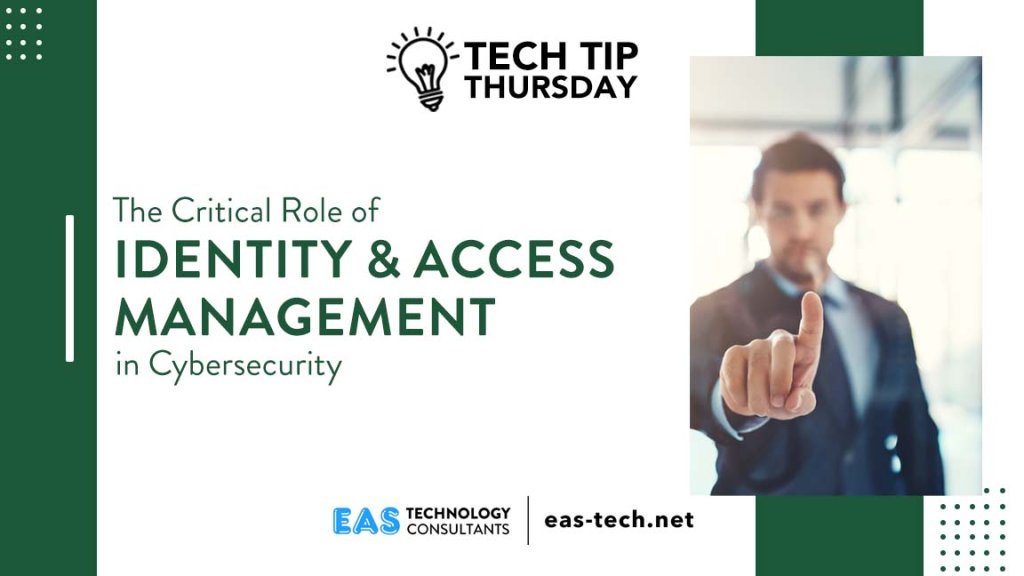
In the ever-evolving landscape of cybersecurity threats, organizations face numerous challenges in safeguarding their digital assets and sensitive data. With the rise of cloud services, remote work, and interconnected systems, maintaining robust security measures is crucial. One key aspect that has emerged as a critical foundation for cybersecurity is Identity and Access Management (IAM). IAM encompasses policies, processes, and technologies that control access to an organization’s resources and ensure that the right individuals have appropriate permissions. Let’s delve into three reasons why IAM has become indispensable in the fight against cyber threats:
Mitigating Insider Threats:
Contrary to popular belief, external hackers are not the sole concern for organizations. Insider threats, which involve current or former employees, contractors, or partners misusing their authorized access, pose an equally significant risk. IAM plays a crucial role in mitigating such threats by implementing the principle of least privilege. This principle ensures that individuals have access only to the resources necessary for their roles and responsibilities, limiting the damage that can be caused even if an insider’s credentials are compromised. IAM systems continuously monitor user behavior, flagging unusual activities and potential signs of data exfiltration, aiding in the early detection of insider threats.
Furthermore, IAM’s ability to provide detailed audit logs and traceability ensures accountability within the organization. In case of a security incident, these logs can be invaluable in identifying the source of the breach and facilitating a swift response.
Strengthening Remote Work Security:
The global shift towards remote work has significantly expanded the attack surface for cybercriminals. Employees accessing corporate networks and sensitive data from various devices and locations create new vulnerabilities. IAM plays a vital role in securing remote work environments by ensuring that users authenticate their identities through multi-factor authentication (MFA) before gaining access to resources.
MFA adds an extra layer of security by requiring users to provide two or more forms of identification, such as a password, fingerprint, or one-time verification code. This prevents unauthorized access even if a password is compromised. IAM solutions can also incorporate geolocation and device profiling, enabling organizations to limit access to specific locations or recognized devices, further bolstering security.
Managing Third-Party Risks:
Modern organizations often rely on a network of third-party vendors, partners, and suppliers to streamline operations. However, granting access to these external entities poses inherent risks, as their security standards may not align with the organization’s own protocols. Cybercriminals often exploit these third-party connections as a gateway to infiltrate an organization’s network.
IAM allows organizations to implement robust access controls for third-party entities, enforcing compliance with security standards and limiting access to only the resources required for specific business functions. Additionally, IAM solutions can automate the process of granting and revoking access for vendors, ensuring that access is promptly terminated when it is no longer needed.
As cyber threats continue to grow in complexity and sophistication, organizations must adopt comprehensive cybersecurity measures to protect their digital assets and maintain their reputation and customer trust. Identity and Access Management have evolved into a critical component of modern cybersecurity strategies. By mitigating insider threats, securing remote work environments, and managing third-party risks, IAM provides organizations with a potent defense against a broad spectrum of cyber attacks. Implementing a robust IAM framework is not just an option; it has become imperative for any organization serious about safeguarding its data and systems in today’s hyperconnected digital world.
